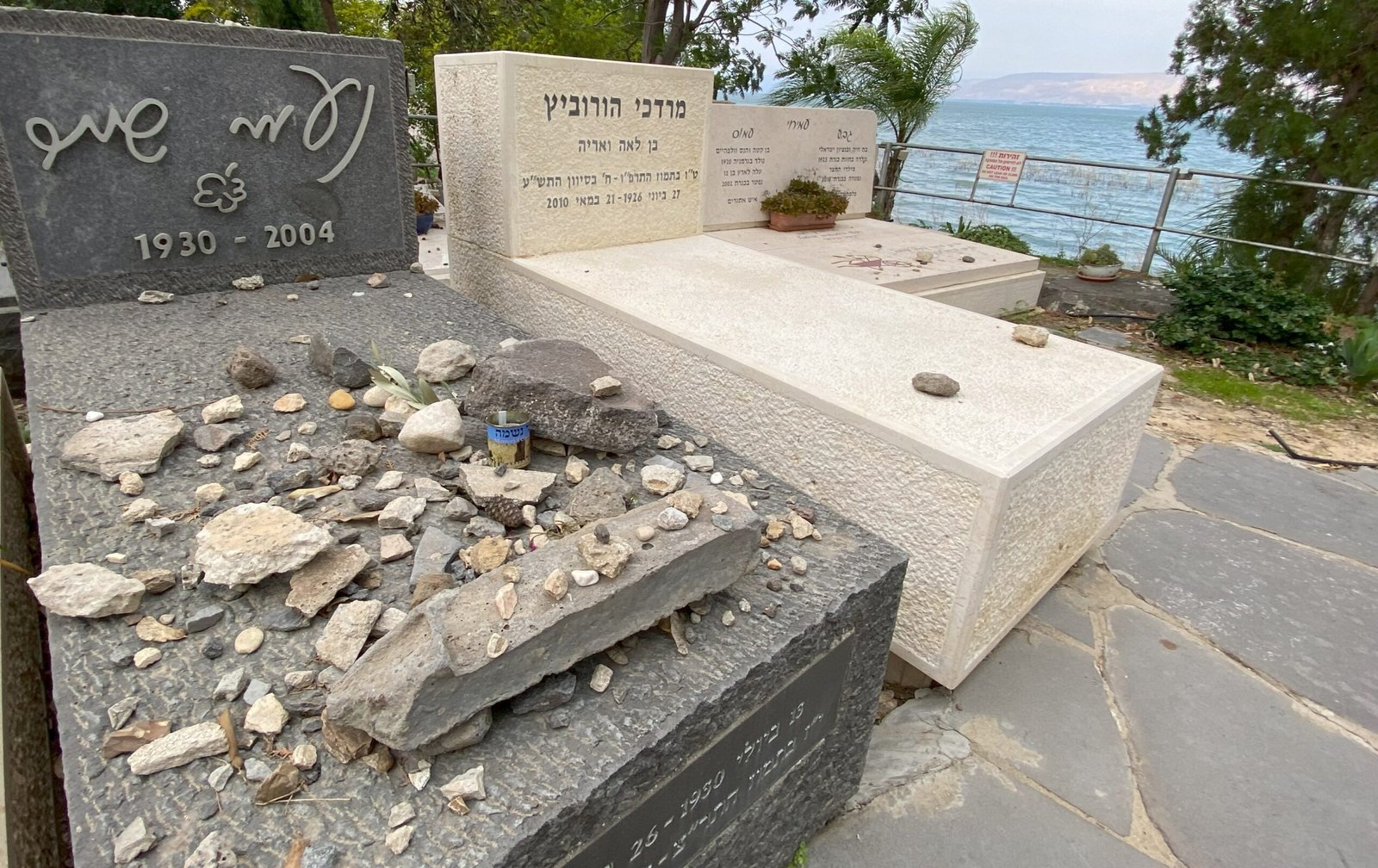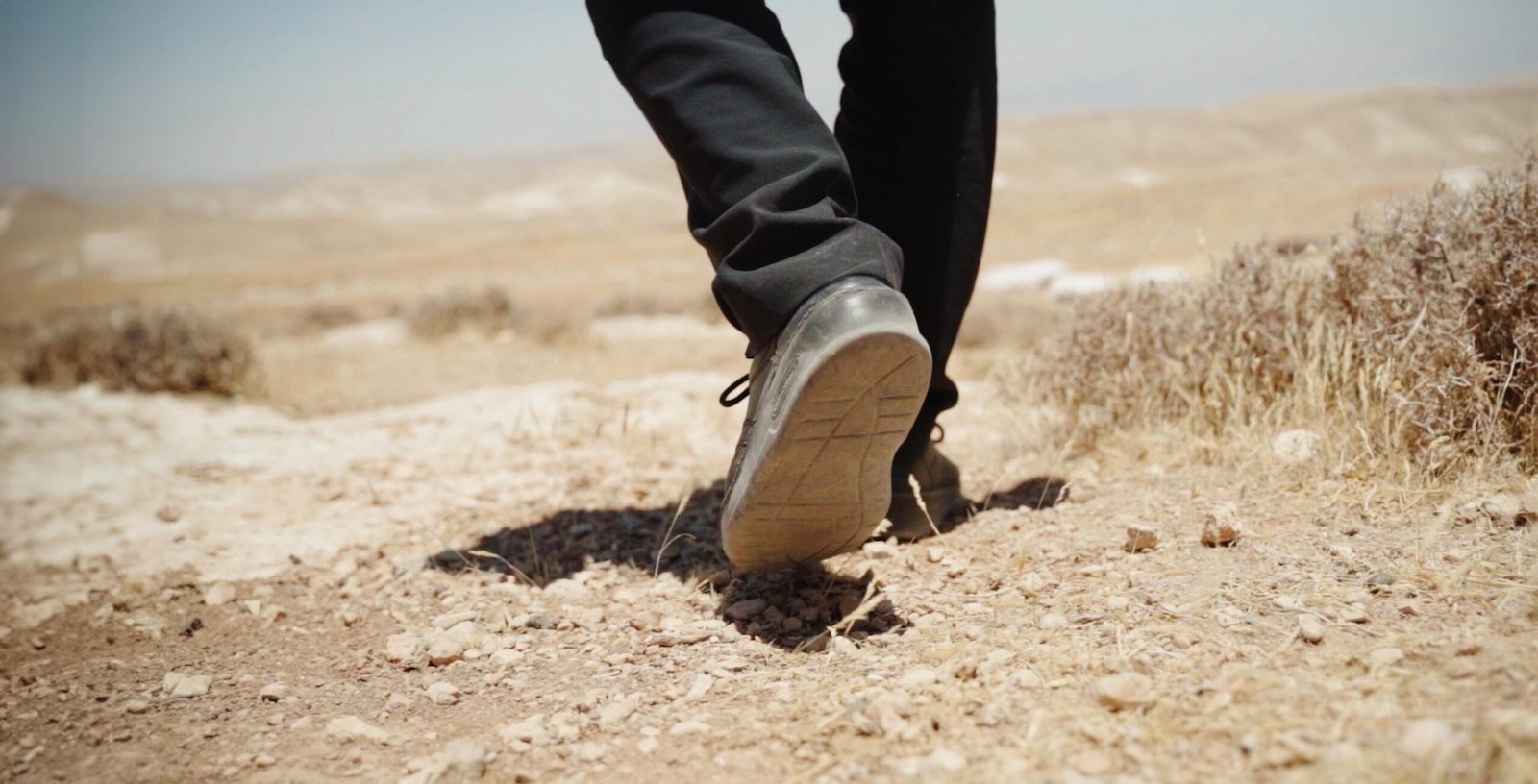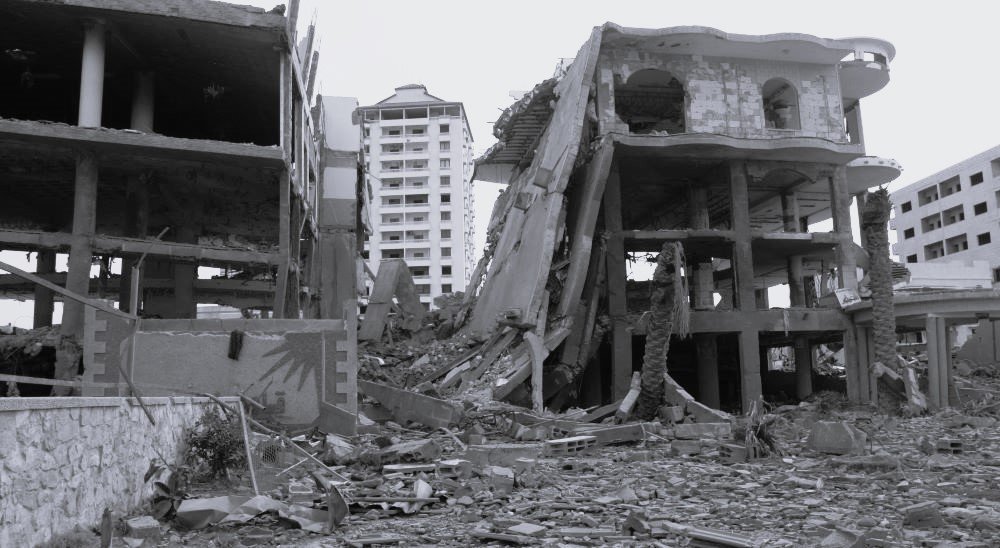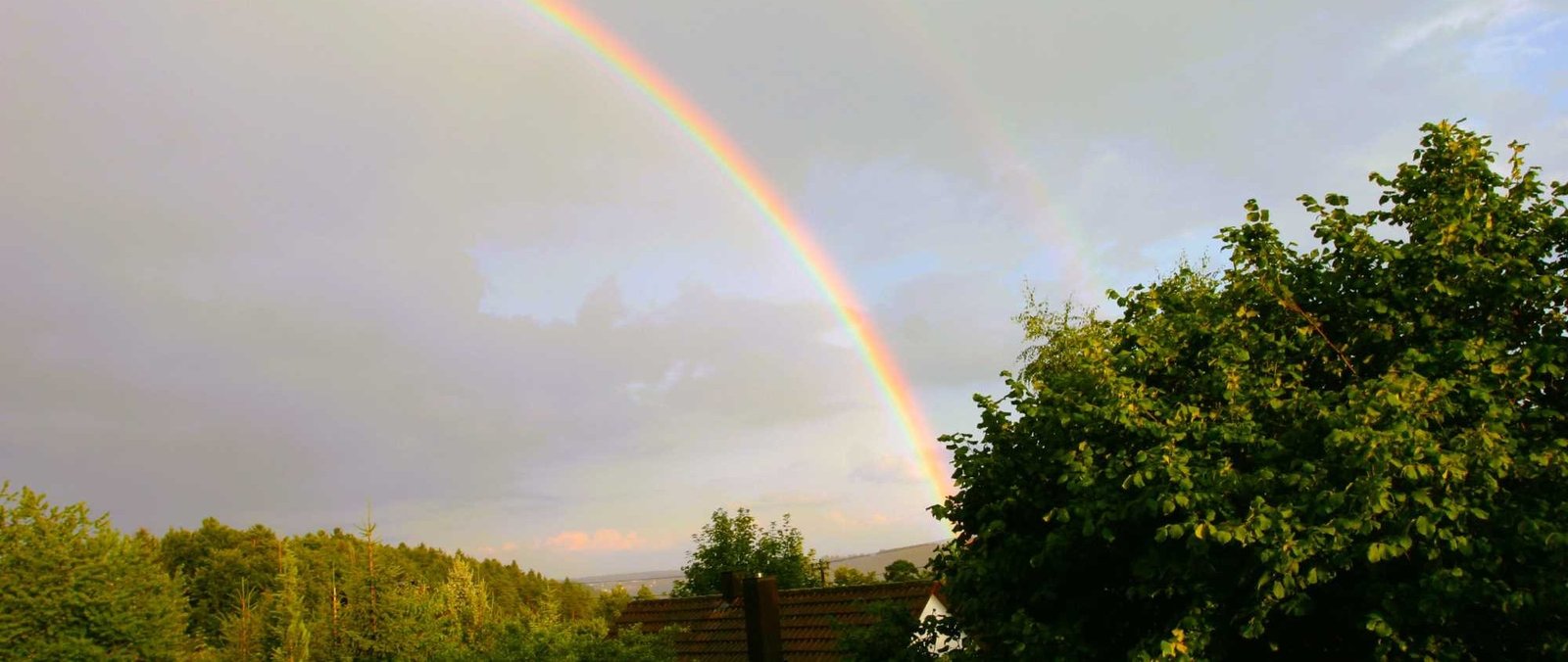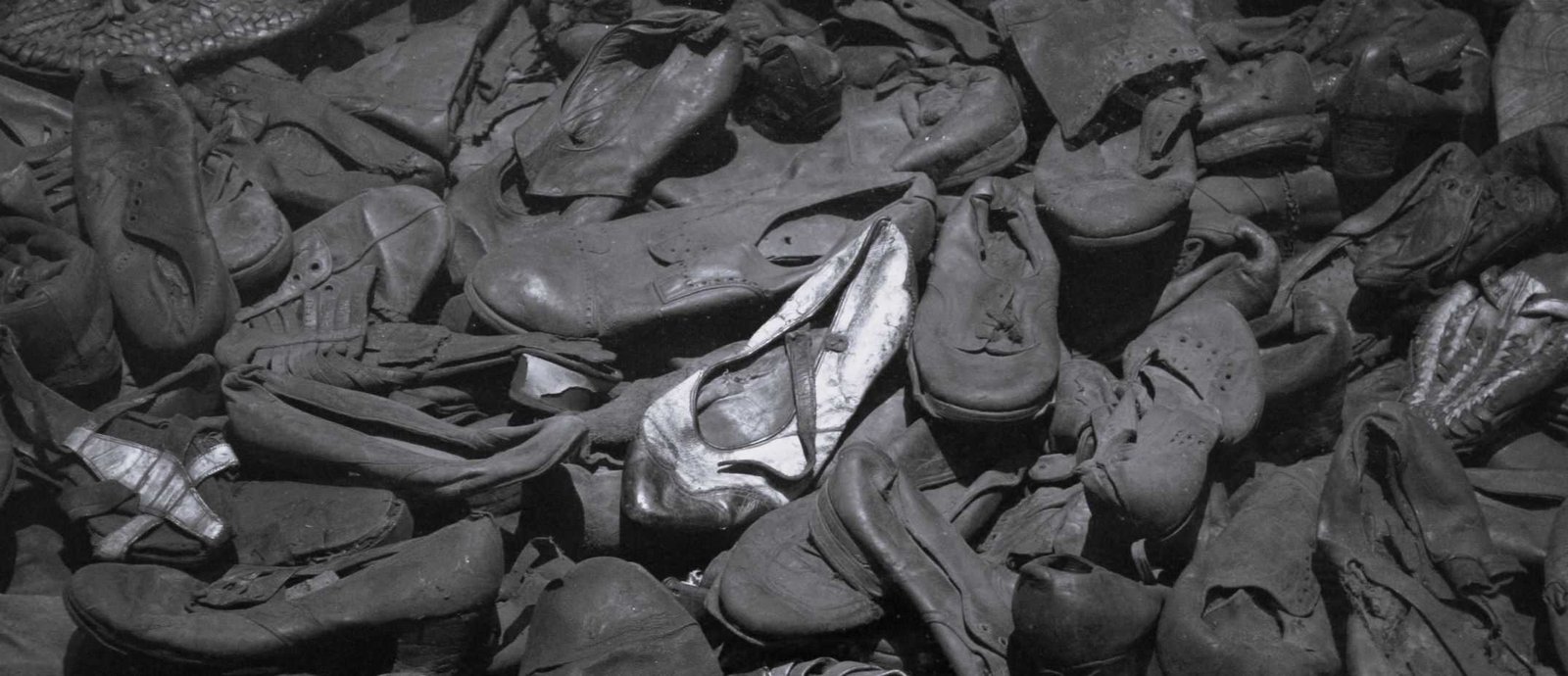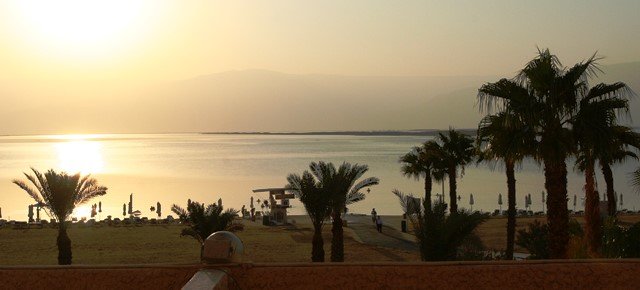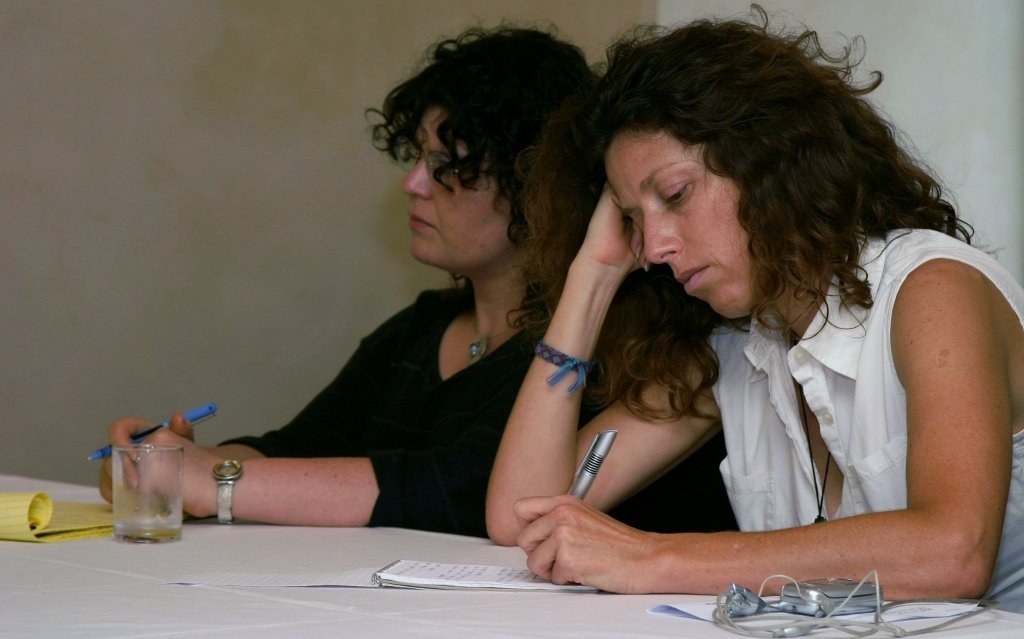Share This Story, Choose Your Platform!
Since the destruction of the Solomon’s Temple in the 6th century BC, the majority of the Jewish people live outside the land of Israel. Since then, “Aliyah,” the return to the land of Israel, is the longing that unites Jews worldwide. The Hebrew word “Aliyah” literally means “ascending.” To the land of Israel and especially to its center, Jerusalem, one always goes up. This also applies to people who come to Israel from higher areas, such as the Alps or the Himalayas.
In return, leaving the Holy Land is always a descent. Thus it is written already about Abram in Genesis 12, verse 10: “Abram went down to Egypt…” His return to the Promised Land is described at the beginning of the following chapter: “And Abram went up out of Egypt” (Genesis 13:1). The Hebrew Bible, as well as modern Hebrew, is consistent in that usage.
The descent
“By the waters of Babylon we sat and cried, when we thought of Zion,” complained the psalmist (Psalm 137:1). “If I forget you, Jerusalem, my right hand shall wither. My tongue shall stick to my palate if I do not remember, if I do not raise Jerusalem above the peak of my joys,” says each groom after the pledge to his bride and crushes a glass in memory of the ruined Jerusalem.
In the year 70 AD, the temple, which had been re-built by some returnees from Babylon and magnificently restored by Herod the Great, was razed to the ground. After the Second Jewish War in 135, the Roman Emperor Hadrian forbade Jews access to Jerusalem on penalty of death. Judea was renamed “Palestine,” Shekhem became Neapolis (nowadays “Nablus”) and Jerusalem “Aelia Capitolina.” Any Jewish connection to the Promised Land and its holy places should be made impossible.
But the yearning remained. After every meal, Jews have prayed through the millennia: “Have mercy on us, O Lord our God, on your people Israel, on Jerusalem, your city, on Zion, the abode of your glory.” The festival of Passover begins with the Seder Evening, in which the Jewish people recall the salvation from Egypt year by year. At the end of each Seder, they promise one another: “Next year in Jerusalem!”
The lowest point
Jews clung to the hope of “Aliyah” when Rabbi Moshe ben Nachman, “Ramban” for short, found only two Jews in Jerusalem in the middle of the thirteenth century, but no synagogue and no Torah scroll. In the city from which the Torah was supposed to come out (Isaiah 2:4; Micah 4:2) was not even a single Torah scroll. There was no longer any hope left that a Jew might lose, Nachmanides noted in this period between the 6th and 7th crusades.
The people of Israel clang to the goal of returning home, even as Martin Luther mocked them in the 16th century: “So let them go to the land and to Jerusalem, let them build a temple, establish the priesthood, principality and Moses with his law so that they themselves become Jews again and own the land.” Sarcastic, the German reformer added: “When this has happened, they will soon be able to see us come on their heels and become Jews ourselves” (WA 50.323:36-324:8).
If Lutherans took the words of the eloquent reformer seriously, they would have to report to the next rabbi today, 500 years after the 95 theses had been posted at the castle church in Wittenberg, for circumcision. For “the Jews go to the land and towards Jerusalem.” In 2017, the largest Jewish community in the world lived again in the land of Israel. For two and a half millennia not so many Jews have lived in the land of Israel.
The cry for redemption
“Out of the depths I call, Lord, unto you” (Psalm 130:1) – that is the proper attitude for prayer, one Orthodox Jew explains and points out, that this is the reason why many synagogues are built in such a way that one has to descend some steps in order to actually be able to call “from the depths.” Above all, however, this “Song of Ascension,” as Psalm 130 is titled, is a cry for redemption from the diaspora. If the Apostle Paul promised that “all Israel shall be saved” (Romans 11:26), then, in Jewish thinking, this automatically implies what God predicted through the prophet Ezekiel (39:28), not only the return of the people to the land, but also the promise: “I shall not leave one of them behind.”
The return
The God of Israel has heard the cry of His people. Since the absolute low point of Jerusalem in the time of Rabbi Moses Nachmanides and the construction of the “Ramban synagogue” named after him, a constant stream of Jews began to move up into the land of Israel. In 1483 Rabbi Elijah arrived from Ferrara in Jerusalem, 1579 120 new immigrants from Damascus, in 1700 Judah the pious with 1,000 of his followers. The so-called Hurva Synagogue still reminds of him today. In 1721 Rabbi Isaiah Horowitz arrived. In the 18th century, nineteen Talmud schools were founded in Jerusalem by Jews from Italy, Constantinople, Amsterdam and Aleppo. In 1760 Rabbi Shalom Sharabi arrives from Yemen in Jerusalem and in 1771 Rabbi Menachem Mendel from Vitebsk founded a Hasidic settlement with 300 followers.
In 1799, the Holy Land, with Napoleon’s Orient campaign, became the focal point of international interest. Before the French Emperor fails at the gates of Acre, he announces that Palestine and Jerusalem should be returned to their legitimate heirs, the Jewish people.
Jew hatred as engine
In the 19th century, this trend continued. Anti-Semitic outbreaks reinforced it. For example, in 1840, when the Jews of Damascus were accused of murdering the Christian priest Toma and his Muslim servant in order to use their blood for the matzot (unleavened bread) at Passover, Rabbi Juda Alkalai, born in Sarajevo, urges his people to Aliyah. In 1881, pogroms in Russia and Romania triggered the so-called “First Aliyah.” 40,000 Jews are on their way to Palestine.
Early secular Zionism
While first Jewish settlements are being built around the old city of Jerusalem – Mishkenot Sha‘ananim (1860), Meah Shearim (1873), Machaneh Yehudah (1887) – Jewish petitioners campaign for the establishment of a Jewish state in Palestine before the Berlin Congress (1878). Prince Otto von Bismarck declares them to be mad. Nevertheless, Zionism is forming a secular political movement in Europe. At the beginning of September 1897, the Austrian journalist Theodore Herzl writes in his diary immediately after the first Zionist Congress: “Let me summarize the Basel Congress in a word – that I will be careful not to speak in public – then it is this: In Basel I founded the Jewish state. If I said that out loud today, a universal laugh would answer me. Maybe in five years, at least in fifty, everyone will see.”
Against immense resistance, the movement continues. Herzl tirelessly works with the powerful of his time, asks the German Kaiser for a protectorate on the Jewish state and hears from Pope Pius X in Rome in January 1904: “The Jews did not recognize our Lord, so we cannot recognize the Jewish people.”
Early settlement efforts in the land
In 1899 the Pasha of Damascus expelled the Jews from a settlement on the Golan Heights. In April 1909, the first Jewish city was founded in the Land of Israel: Tel Aviv. In December of the same year, the first kibbutz: Deganiah at the southern end of the Sea of Galilee. In March 1917, the Turks expel all Jews from Haifa and Tel Aviv.
In November 1917, the British government declared its support for a Jewish homeland in Palestine in the so-called “Balfour Declaration.” On July 24, 1922, the League of Nations in San Remo explicitly mandated the British Government in the Palestine Mandate to promote Aliyah and the settlement of the country by the Jewish people. Between 1919 and 1924, 35,000 idealistic pioneers with “certificates” from the British government came to the Mandate of Palestine. From 1924 to 1931, Polish economic sanctions drove many Jewish members of lower-middle-class strata “up to Zion.” Between 1929 and 1939, a quarter of a million Jews flee from the Nazis from Germany to Palestine.
Resistance to Aliyah
These large Jewish immigration waves to Palestine provoked resistance from parts of the Arab population. Extremist leaders such as the Grand Mufti and friend of Adolf Hitler, Haj Amin el-Husseini, gained the upper hand and repeatedly incited their supporters to bloody rebellions, as, for example, in 1929 and in 1936. The British government responded to Arab violence with restrictions and sometimes massive obstruction of Jewish immigration to Palestine, which was a clear violation of the League of Nations mandate. David Ben-Gurion, who became the first Prime Minister of Israel a few years later, issued the directive during this difficult time: “Together with England we will fight Hitler as if there were no White Paper, and we will fight the White Paper as if there were no war.” Hundreds of desperate Holocaust survivors lost their lives fighting England before the state of Israel was finally proclaimed on May 14, 1948.
Finally a state
The raison d’être of the Jewish state of Israel is to offer refuge to persecuted Jews from all over the world. The young state was flooded by a wave of immigration, so that in the years 1948-1951 alone the Jewish population in Israel doubled. The first immigrants came not only as Holocaust survivors from Europe. About one million Jews had to leave their homes in Arab countries during this period because their lives there were made impossible. Most fled to Israel.
In the nearly seven decades of its existence, the state of Israel has coped with several major waves of immigration, so that today more than six million Jews live in the “land of their fathers.” In recent years, tens of thousands of Jews from France and Ukraine moved to Israel.
Facts on the ground
Elyakim HaEtzni has been living in Kiryat Arba near Hebron for 44 years. The almost 90-year-old lawyer and former Knesset member defends tirelessly the right of his people to live in the land of Israel. He recalls how his family was expelled from northern Germany in 1938 with the words: “Jews to Palestine!” –“Now we are here and still you are not content!,” he reproaches his German listeners. The years of struggle have led him to believe that only “facts on the ground” guarantee the rooting of the Jewish people in the land of Israel. The old settler leader does not really count much on the benevolence of the world’s nations, international law or international guarantees.
HaEtzni presents himself as non-Orthodox, secular Jew. Nevertheless he knows: “We are here by virtue of the Bible.” He does not believe in a God who cares about the fate of individuals. But he is fascinated by the fact that the Bible predicted 2,500 years ago that the people of Israel would disobey the commandments of their God; that it will therefore have to leave its land and be scattered throughout the world; that it cannot assimilate there but will return to its land after millennia of diaspora. “That’s not rationally explainable!,” the elderly gentleman knows and is pleased that his garden in Hebron, the city of the fathers, is lush after an exceptionally rainy winter.
Immigration Waves Before the Foundation of the State
First Aliyah (1882-1903): 20,000 to 30,000 Jews are immigrating to Palestine from Eastern Europe, Russia, Romania and Yemen.
Second Aliyah (1904-1914): 35,000 to 40,000 Jews come from Russia and Poland.
Third Aliyah (1919-1923): 35,000 immigrants come from Russia and Romania.
Fourth Aliyah (1924-1931): 80,000 mainly middle-class Jews are moving from Poland and the Soviet Union into the British Mandate of Palestine.
Fifth Aliyah (1932-1938): After the takeover of Hitler about a quarter of a million German Jews come.
The “Aliyah Beit” (1934-1948): Illegal immigration of about 90,000 Jews persecuted by the Nazi regime.
Immigration Waves into the State of Israel
1949/1950: Operation Flying Carpet – 49,000 Jews from Yemen.
1950: Operation Ezra and Nehemiah – 110,000 Jews from Iraq.
In total, between 1948 and 1951, there are approximately 690,000 immigrants from Egypt, Iraq, Yemen, Poland and Romania.
1955-1957: With the end of French colonial rule, about 100,000 Jews from Morocco, Algeria, Tunisia and Libya come to Israel.
1969-1975: 100,000 immigrants come from the Soviet Union.
1984/1985: Operation Moses rescues 8,000 Jews from the Ethiopian Civil War.
1990: After the fall of the Iron Curtain, the exodus of Soviet Jewry begins. From 1989 to 1995, 600,000 immigrants come from the CIS.
1991: Operation Salomon saves more than 14,000 Ethiopian Jews from civil war in 33 hours.
On March 30, 1992, TIME Magazine states: “to settle the 1 million Jews expected to arrive from the former Soviet Union in the next five years — a task comparable to the U.S. absorbing all of France.”
2011-2013: Operation Pigeonwings brings nearly 8 000 Jews from Ethiopia to Israel.



